Stories
Harley-Davidson Success Story
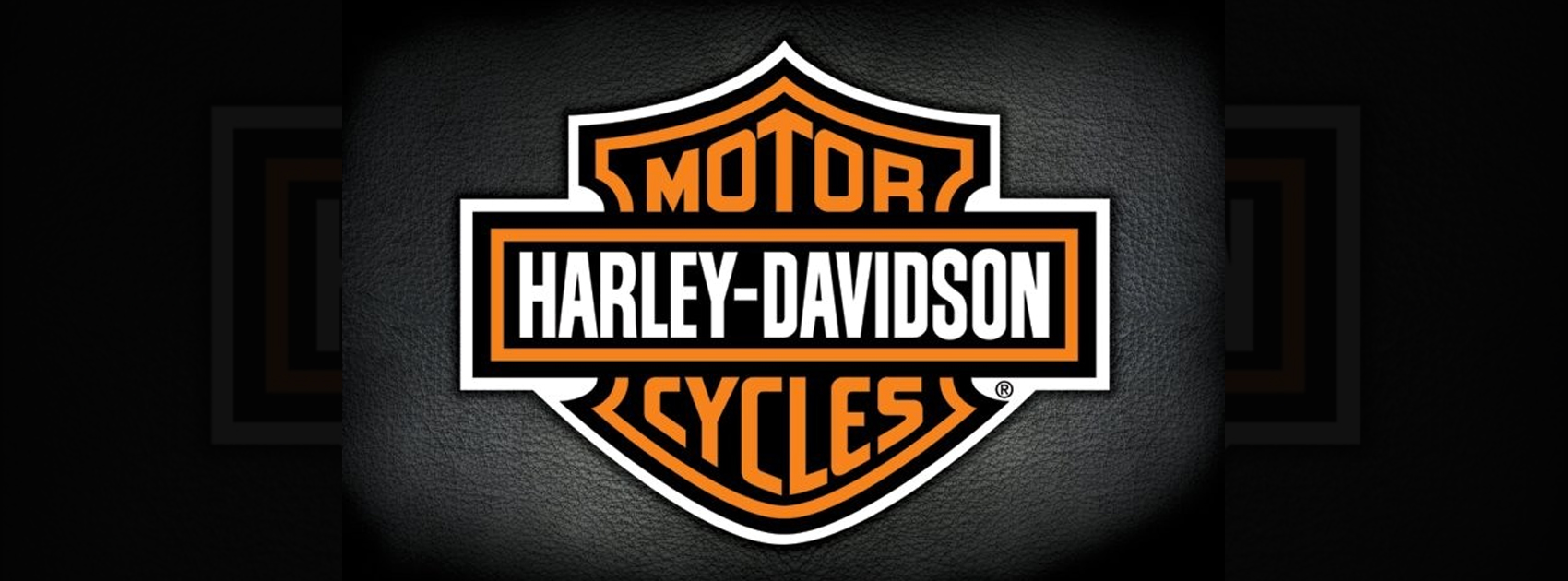
The dream of every motorbike enthusiast, Harley-Davidson was founded in the year 1903 in Milwaukee, Wisconsin. This American motorcycle manufacturing company has seen several ups and downs in its 116 year long history and is one of the two motorcycle companies to survive the Great Depression.
Founder William S. Harley, along with his childhood friend Arthur Davidson, started working on a small engine in Davidson’s family shed. Based on William S. Harley’s design, the duo developed the first Harley-Davidson motorcycle, which took almost 2 years to finish. The duo were then joined by Arthur Davidson’s brothers William A. Davidson and Walter Davidson and formed their company Harley-Davidson, producing a limited number of motorcycles. Harley and the brothers then went on to build their first factory in 1906 in Chestnut Avenue, Milwaukee, where the corporate headquarters of Harley-Davidson are situated now. The Company slowly started making profits and by 1914, it was ahead of its competitor, Indian, another motorcycle manufacturing company and was producing almost 16,500 machines a year.
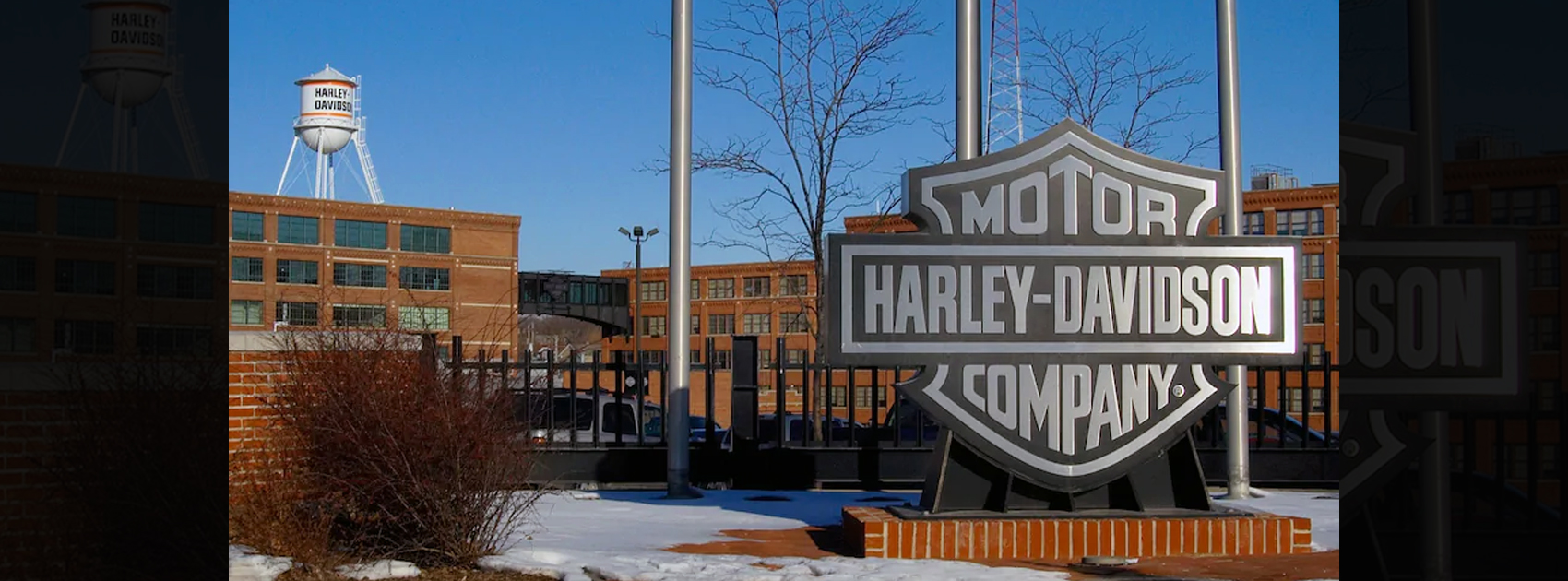
Harley-Davidson’s popularity rose after America entered World War I and the demand for motorcycle for war efforts increased. Harley-Davidson sold nearly 20,000 motorcycles to the American military. Another great opportunity was World War II, when the Company sold nearly 80,000 motorcycles to the allied forces.
By 1920, Harley-Davidson became the largest motorcycle manufacturing company in the world, with its presence in 67 countries. However, the Company suffered greatly during the Great Depression, when its sales plummeted from 21,000 in 1929 to 3,703 in 1933. The Company somehow survived the Great Depression by introducing various new vehicles like a three wheeled utility motorcycle called Servi-Car, while legendary motorcycle manufacturers like Excelsior-Hendersen perished.
Harley-Davidson stayed popular all over the world until the 1960s. In 1969, after it was bought by American Machine and Foundry (AMF,) the Company suffered from a tarnished reputation. The AMF fired many of the Company’s workers and reduced production, resulting in poor quality yet expensive motorcycles. This move resulted in a decline of sales and popularity and the Company almost went bankrupt.
Harley-Davidson gained its reputation back in 1981, after the AMF sold the Company to a group of investors, which included William A. Davidson’s grandson, Willie G. Davidson. The new management decided to exploit the retro appeal of the Company by adopting the look and feel of the earlier motorcycles manufactured by the Company. This was considered to be a smart move and Harley-Davidson revived its lost reputation. The Company has been growing ever since and launched various new ranges of motorcycles.
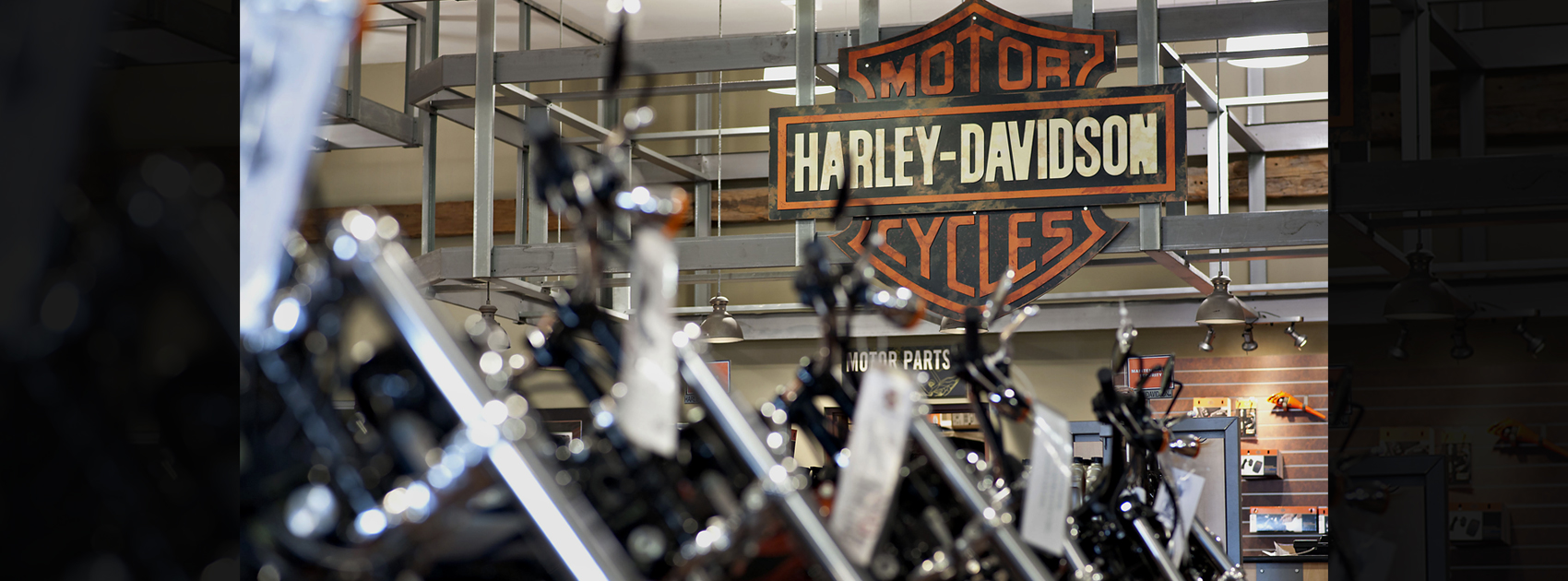
In the 21st century, Harley-Davidson established itself as one of the most respected motorcycle manufacturers in the world and became one of the strongest brands. With a net worth of over $ 5.06 billion, Harley-Davidson has come a long way.
Entrepreneur Stories
Indian Man Quits JPMorgan, Takes 70% Pay Cut to Launch $6 Million Startup
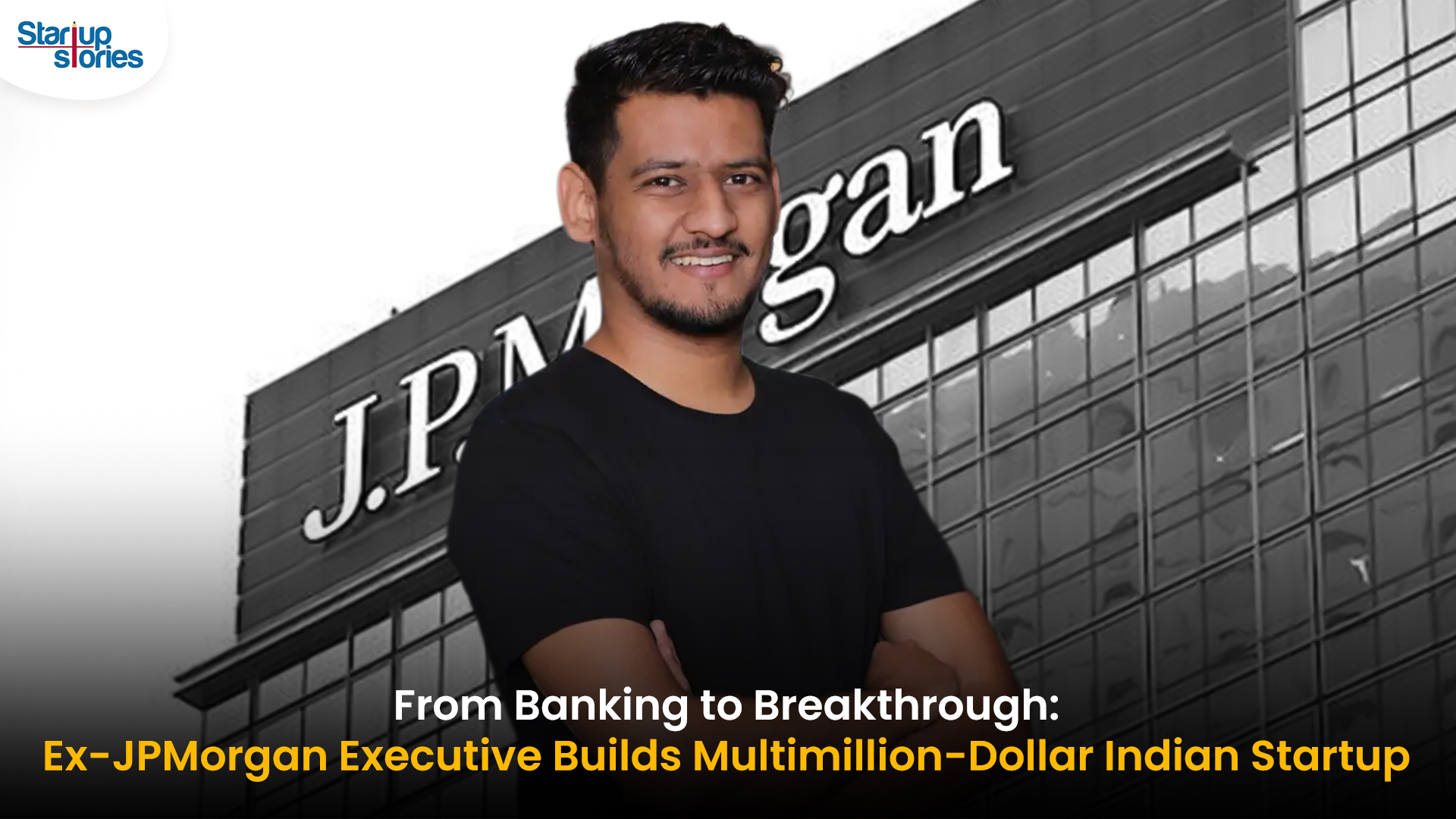
Leaving behind a high-paying job at JPMorgan, an Indian entrepreneur embraced a 70% salary cut to pursue true purpose and passion in the startup world. Disenchanted with what he described as a “robotic” corporate routine, he sought meaningful work that made a real impact. This pivotal decision marked the beginning of his new journey, one focused on value creation rather than titles and corporate perks.
Powered by resilience and fresh perspective, the entrepreneur launched his own startup, prioritizing innovation and hands-on solutions. The road was challenging, but his vision resonated with the market: the startup quickly gained traction and raised $6 million—an impressive acknowledgement of its potential in a competitive landscape. Every hard lesson from early setbacks and bootstrapping paid off in real customer growth and investor confidence.
Today, his journey stands as an inspiring example for professionals seeking authentic success outside the corporate grind. By trading comfort for creative freedom, he grew a venture that solves important problems, generates jobs, and builds wealth beyond just salary. For ambitious founders, his story highlights the power of risk-taking, adaptability, and relentless focus on impact in India’s thriving startup ecosystem.
Videos
Larry Page: The Visionary Co-Founder Behind Google’s Global Success
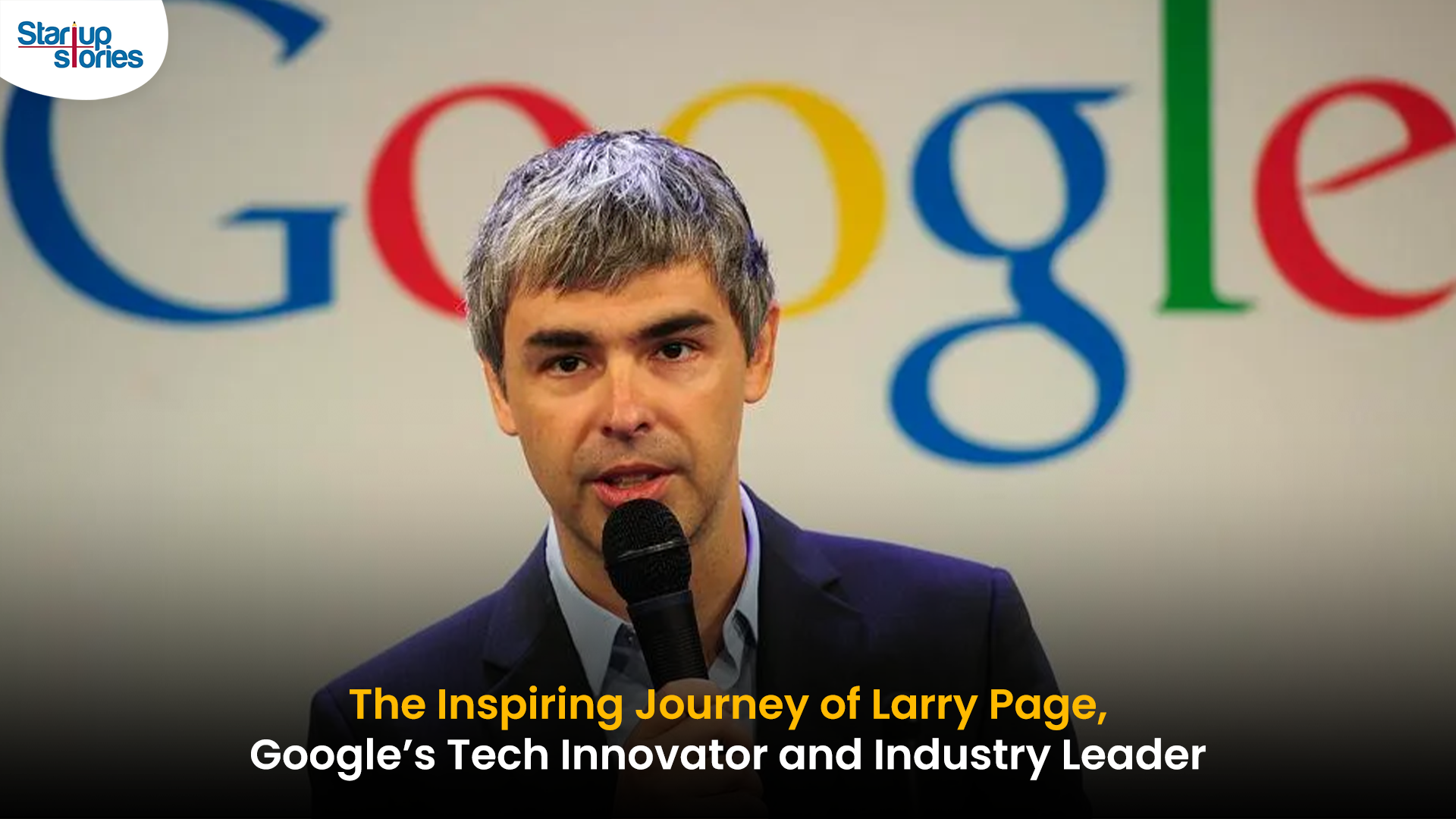
Larry Page is a visionary technology entrepreneur and co-founder of Google, one of the world’s most influential companies. Born in 1973 in Michigan, Page grew up surrounded by computer technology, which inspired his passion for innovation from an early age. He studied computer engineering at the University of Michigan and later pursued his PhD at Stanford University, where he developed the revolutionary PageRank algorithm with Sergey Brin. This technology fundamentally changed the way search engines rank websites, making Google the most accurate and popular search engine globally.
The journey of Larry Page and Google began in 1998 when they officially launched the search engine from a small garage. Leveraging their unique algorithm, Google quickly surpassed competitors due to its ability to deliver highly relevant search results, transforming internet search forever. Under Larry Page’s leadership as CEO, Google expanded beyond search to launch groundbreaking products including YouTube, Gmail, and Google Maps, turning it into a global tech powerhouse that shapes how we access and interact with information online.
Larry Page later became the CEO of Google’s parent company, Alphabet Inc., driving innovation and investment in next-generation technologies such as artificial intelligence, autonomous vehicles, and healthcare solutions. His visionary leadership and commitment to technological advancement have cemented his legacy as one of the most influential figures in the tech industry. Today, Larry Page remains a key influencer in shaping the future of technology and digital innovation worldwide.
Entrepreneur Stories
India’s Tech Story: Airtel Spreads AI Access, Ohm Mobility Lessons
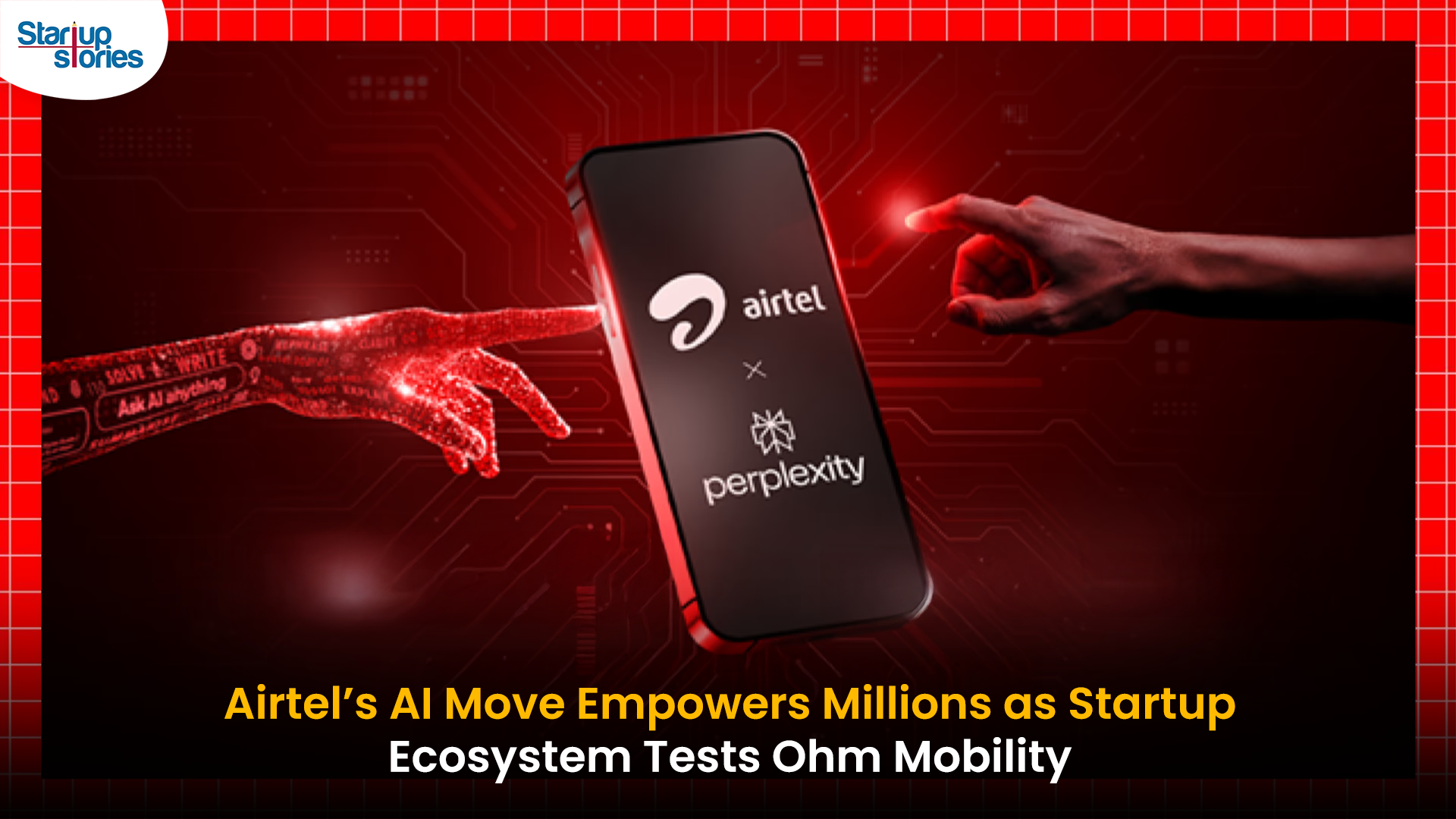
Bharti Airtel has launched the innovative “Airtel-Perplexity Blueprint,” partnering with Perplexity to provide over 360 million customers free access to Perplexity Pro for a year—a benefit valued at ₹17,000 ($200). This collaboration enables Airtel users across mobile, broadband, and digital TV to harness advanced capabilities in generative AI, including leading AI models like GPT 4.1, Claude, and Gemini, along with up to 300 Pro searches daily, image generation, document analysis, and personalized planning services. The move is seen as a milestone for telecom innovation and the democratization of AI in India, making powerful research and productivity tools accessible to a massive user base.
This strategic partnership positions Airtel as an “AI-first” telecom provider, allowing it to gain key insights into user interactions with artificial intelligence and adapt its networks for growing digital demands. For Perplexity, the tie-up grants exclusive access to India’s vast telecom audience, rapidly propelling the app to the No. 1 spot on the Indian App Store, surpassing global competitors like ChatGPT and Google Gemini. Airtel customers can activate their complimentary subscription seamlessly through the Airtel Thanks App, under the Rewards and OTTs section, reinforcing Airtel’s commitment to digital customer empowerment.
The broader Indian startup ecosystem reflects both breakthrough innovation and hard-earned lessons, illustrated by the recent shutdown of Ohm Mobility, an EV financing startup. Despite multiple pivots and industry-leading investors, Ohm Mobility struggled to achieve a sustainable business model—a reminder of the challenges in market fit and adaptability. As AI adoption accelerates and startup realities evolve, industry leaders like Airtel and Perplexity are setting new standards, while others, like Ohm Mobility, offer valuable insights on resilience and the importance of business model flexibility in India’s dynamic tech landscape.


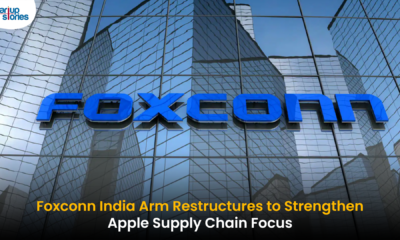

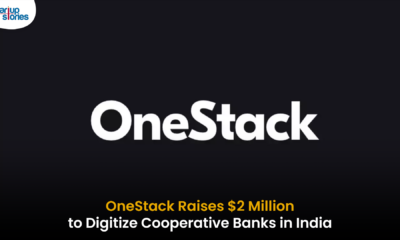









MM88
November 6, 2025 at 6:45 am
Với giao diện mượt mà và ưu đãi hấp dẫn, MM88 là lựa chọn lý tưởng cho các tín đồ giải trí trực tuyến.
J88
November 6, 2025 at 9:49 am
Đến với J88, bạn sẽ được trải nghiệm dịch vụ cá cược chuyên nghiệp cùng hàng ngàn sự kiện khuyến mãi độc quyền.
谷歌外推
November 8, 2025 at 8:54 pm
采用高效谷歌外推策略,快速提升网站在搜索引擎中的可见性与权重。谷歌外推
GO88
November 11, 2025 at 4:49 am
Tham gia cộng đồng game thủ tại Go88 để trải nghiệm các trò chơi bài, poker phổ biến nhất hiện nay.
iwin
November 12, 2025 at 7:35 pm
iwin – nền tảng game bài đổi thưởng uy tín, nơi bạn có thể thử vận may và tận hưởng nhiều tựa game hấp
Kuwin
November 14, 2025 at 4:55 pm
kuwin sở hữu kho game đa dạng từ slot đến trò chơi bài đổi thưởng, mang đến cho bạn những giây phút giải trí tuyệt vời.
MM88
November 20, 2025 at 9:20 pm
Khám phá thế giới giải trí trực tuyến đỉnh cao tại MM88, nơi mang đến những trải nghiệm cá cược thể thao và casino sống động.